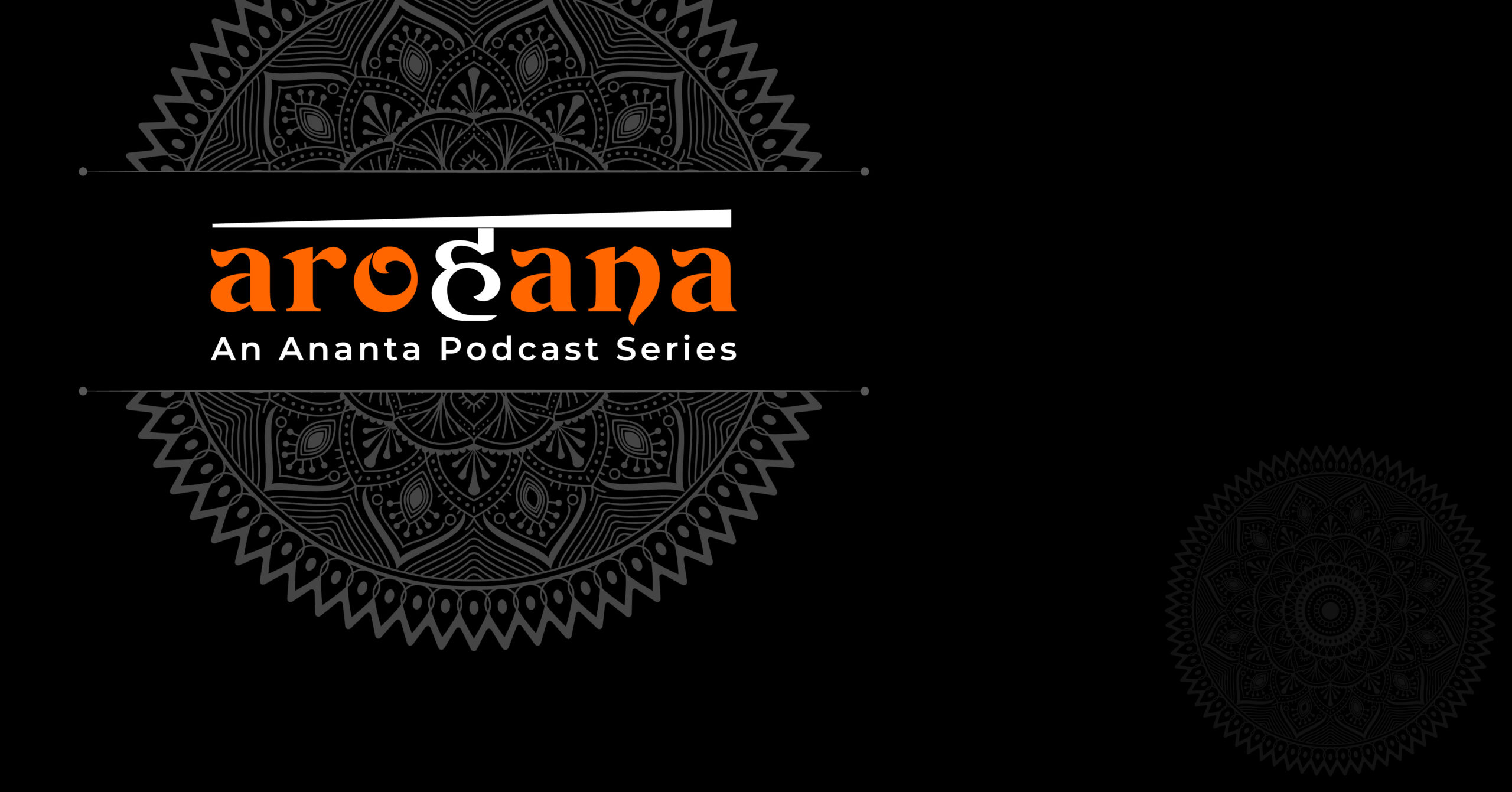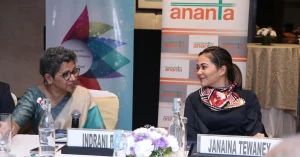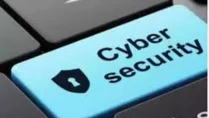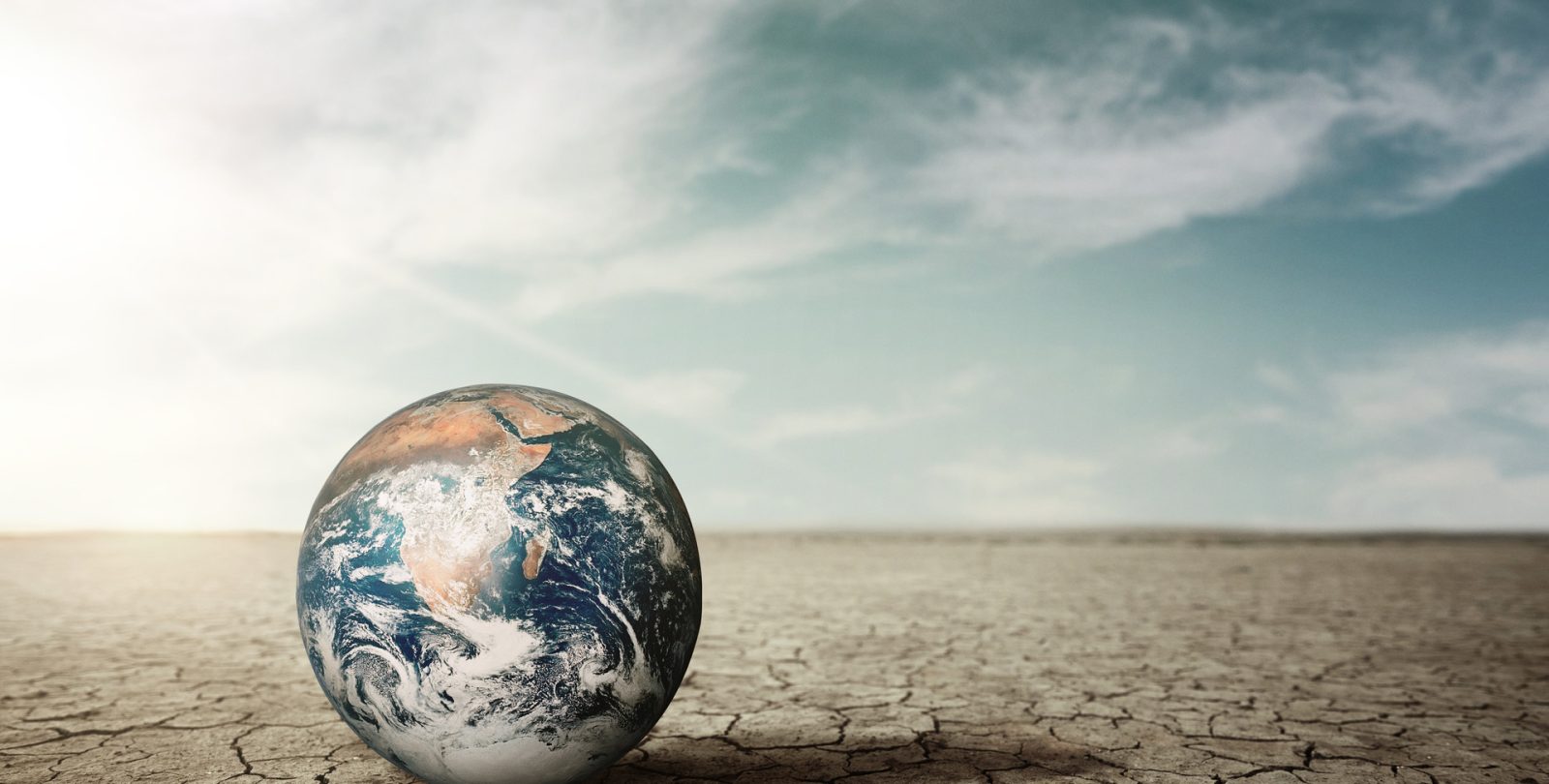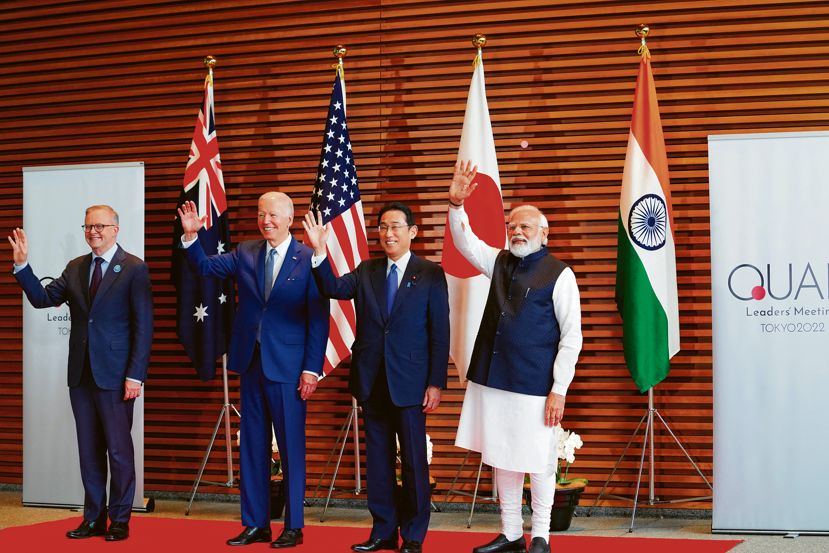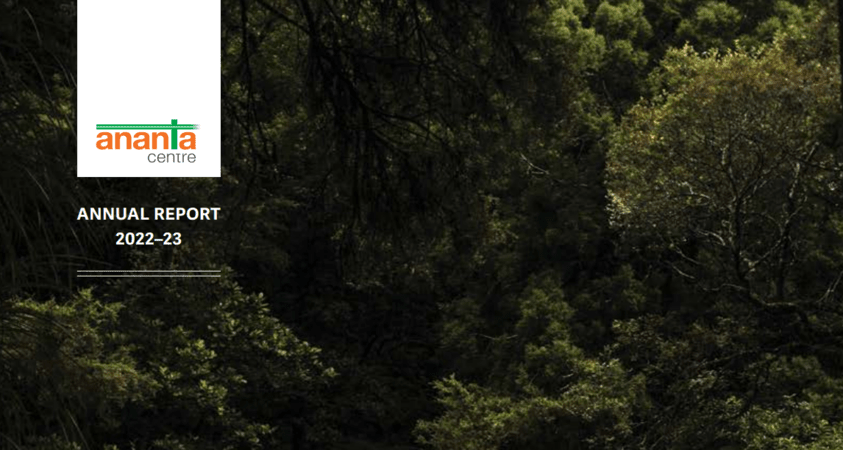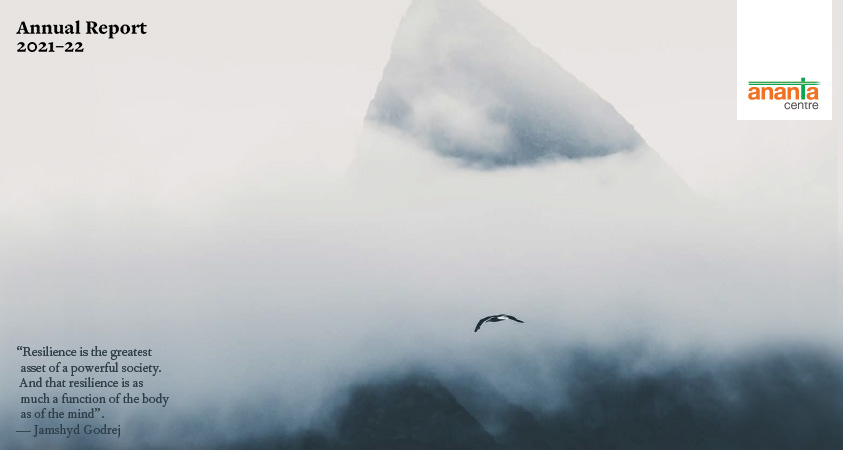Overview
• Covid-19 grips Russia
• “Covidiplomacy” yields dividends
• Trump’s “teleshuttle” mediation defused Russia-Saudi oil spat
• Snippets: Russian PM gets Covid, Russians return from India, Putin’s full plate
Covid-19 gathers force
Russia’s Covid-19 cases shot up from under 2000 in end-March to over 110,000 a month later, with about 1200 deaths, up from just 9. It had been observed (RR, 3/20) that early and strict border control measures had checked the disease from spreading overland from China. The new waves of the infection apparently came in from the West, hitting the European part of Russia, particularly Moscow, severely.
In an address to the nation on April 2, President Putin announced an extension of the “official non-work period” – with full pay – to April 30. While announcing an effective lockdown, he granted regional governors (equivalent to Chief Ministers) the authority to take specific measures appropriate in their regions. Given the size of the country and wide variations in local conditions, this seemed a practical approach from a leader otherwise inclined to centralize all power. Nevertheless, sections of the media in and out of Russia (including India) commented that this was a way of passing on the burden of unpopular decisions to local authorities. The local authorities’ hands were strengthened by new federal laws, empowering them to declare a “high-alert regime” or “state of emergency”, fine or imprison those criminally liable for “sanitary or epidemiological negligence, and grant rental or debt moratoriums.
The use of technology to monitor observance of restrictions included mobile geolocation data, electronic bracelets, financial transactions trail and facial recognition, among others. Social media was used extensively to notify health measures and for awareness alerts.
As Russia expanded its “Covidiplomacy”, supplying protective gear and other equipment to the US, Serbia and others, concerns surfaced about impending domestic shortages. Trade Minister Manturov reflected this In a televised report to the President (April 7). He talked about shortages of masks, respirators and Tyvek suits, and a huge shortage of ventilators. He said Russian factories that were repurposed to increase manufacturing capacities faced problems in sourcing raw materials and spare parts from abroad. By end-April, though, President Putin said, in a meeting with regional Governors, that a massive mobilization of industrial capacity had resulted in a significant increase in domestic production: 800 ventilators per month, up from 60-70 a month earlier; protective masks up from 800,000 per day to 8.5 million. He said the production increase of testing kits now enabled about 150,000 tests per day.
President Putin acknowledged that there was still a shortage of technical equipment and regional variations. However, the statistics (unless they are grossly inaccurate) do not as yet suggest a near-breakdown of the country’s health infrastructure, as some media reports have suggested. Despite the steep increase of infections, the growth rate in Russia has been lower than that in the US, Italy, Spain, France and UK. The death rate, at 8 per million, is also considerably lower (it ranges from 200 to 500 in the others). Testing rates are comparable with the others. Unlike in the other countries, though, the infection rate has not yet peaked in Russia.
Like other countries, Russia is extending additional compensation and special insurance packages to medical and paramedical personnel working with Covid patients. The measures announced in March, to cushion the impact of the lockdown on families, were confirmed: social security benefits, enhancing and frontloading childcare benefits, rescheduling of EMIs and mortgage payments, tax breaks for MSMEs, financial assistance for them to retain workers, and a six-month moratorium on debt collections and bankruptcy proceedings.
As in a number of Western countries, there were protests in Russia against excessive lockdown measures and demands for normal life to resume early. While extending the lockdown to May 11, President Putin has asked an expert committee to draw up “a large nationwide action plan to normalise business life, to restore employment, peoples’ incomes and economic growth … simultaneously with the phased exit from the epidemiological situation and the restrictions associated with it”.
Russian virologists said they had identified vaccine prototypes “based on six technological platforms”, some of which have earlier been tested on humans for other infections and can therefore go directly for clinical trials in May; others will go for pre-clinical trials. They also claim to be testing a range of existing antiviral medicines, including “innovative medicines”, in their search for a Covid cure.
Russia’s forays into “Covidiplomacy”
Even while coping with its own shortages of equipment, Russia seized the opportunity of a public relations coup, when President Putin readily responded to a telephonic request from President Trump (March 30) for protective gear and ventilators. In less than 48 hours, the consignment had been delivered at New York’s JFK airport by a Russian military plane. Detailed contents of the cargo were not disclosed, but it was carried in an AN-124, the world’s largest military transport plane, and President Trump subsequently said, “Russia sent us a very, very large planeload of things, medical equipment, which was very nice”. The US State Department said the consignment was purchased; the Russian MFA said 50% payment was made by the Russian Direct Investment Fund (a sovereign fund) and the other half by the “US side”, which was (according to one report) the US business community in Russia. Both sides expressed virtuous sentiments about the need to help each other against a common enemy.
Within hours of the Trump-Putin telephone conversation, the two Foreign Ministers had one, in which they were reported to have discussed “strategic stability” [which is really about the instability of the arms race], the Syrian settlement process and aspects of bilateral relations.
The afterglow of these exchanges and the successful Trump mediation in the Russia-Saudi oil spat (see next section) facilitated a potentially controversial Trump-Putin joint statement (April 25), commemorating the 75th anniversary of a meeting between American and Soviet troops at the Elbe River in 1945, just before the end of World War II. The statement invokes the “Spirit of the Elbe” as an example of how the US and Russia could “put aside differences, build trust, and cooperate in pursuit of a greater cause” – a sentiment that runs counter to those in the US National Security Strategy. It also pays tribute to those who “fought together to defeat fascism” – an imagery increasingly unpopular in the West, particularly in much of Central Europe.
After the 16 military flights carrying medical assistance to Italy in March, Russia sent 11 flights to Serbia, on the request of the Serbian President to his Russian counterpart. As in the case of Italy, this assistance was coordinated by the Defence Ministries of the two countries, whose personnel worked together across Serbia to disinfect buildings and enhance capacity in treatment centres. In response to Western criticism for turning to Russia, Serbian officials (like the Italians earlier) pointed out that no help was forthcoming from the EU.
Other “covidiplomatic” efforts had less traction. Russia introduced a largely anodyne draft resolution in the UN General Assembly in early April, calling for solidarity in the fight against Covid, international cooperation in combating its spread, recognition of the coordinating role of WHO, assistance to the most affected states, especially developing countries and counteracting financial speculation (black market) in essential goods. The one googly in the text was a call to abandon trade wars and unilateral sanctions, not approved by the UN Security Council, to ensure urgent access to food, medicine and essential goods to countries needing them. This was naturally unacceptable to the West, not only because it would bail out the ruling “regimes” in Iran, Syria and Venezuela, but also because it could equally apply to sanctions against Russia. Russia reintroduced the resolution later in the month, dropping the reference to sanctions, but referring approvingly to a statement of the G77 plus China, which said much the same. Both attempts were unsuccessful, because US, UK, Ukraine and others opposed them. Neither resolution could be subjected to a vote because, in the wonderfully democratic methodology evolved for the Covid-era GA, even one objection defeats a resolution. Eventually, a resolution moved by Mexico, containing most of the suggestions in the Russian draft, was passed; importantly, it did not contain the call for suspension of sanctions.
President Putin has suggested that, in the present global situation of multiple major challenges and deep divisions, a summit meeting of the permanent members of the UN Security Council (P5) could show collective intellectual leadership in developing a shared understanding of the challenges facing humanity and agreeing on common approaches to tackling them. The Kremlin said he had discussed this with French President Macron. Besides the fact that the anachronistic composition of the P5 gives it neither the political nor moral authority to prescribe solutions for the world’s problems, it is difficult to see all P5 members agreeing to this suggestion. Even if they did agree to meet, there appears little prospect of their agreeing on major global problems, since the P5 are usually split 3-2 in most major UNSC votes.
Trump’s teleshuttle mediation
The Russia-Saudi oil spat was finally resolved on April 12, when OPEC+ agreed to cut down oil exports by a collective 9.7 million bpd, with effect from May 1. For Russia, this means cutting exports from 11 mbpd to 8.5mbpd, its lowest since 2002. The cuts will remain in place till end-June, after which production and exports will start rising again.
The chief facilitator of this agreement was President Trump, who was deeply concerned about the impact of the freefall in oil prices on shale oil manufacture in the US. For a change, US ire was directed, not at Russia, but against Saudi Arabia. US senators from oil-producing states appealed to Secretary of State Pompeo to use all required levers of US power, “from tariffs and other trade restrictions to investigations, safeguard actions, sanctions, and much else” to divert Saudi Arabia from its path of destruction of oil prices. As the OPEC+ deliberations dragged on, President Trump embarked on an energetic teleshuttle mediation exercise. He had already called Saudi Crown Prince Mohammed bin Salman (MbS) on March 9 about the price war; it did not change public Saudi postures. He resumed his efforts in his telephone conversation with President Putin on March 30. Then followed a flurry of phone calls, all meticulously documented on the Kremlin website. A press release on April 10 at 1740 hrs says President Trump called his Russian counterpart to exchange views on the “tentative” OPEC+ agreement and they agreed to continue Russia-American consultations on this issue. A release a few hours later (at 2145 hrs) records a call by the Russian President to MbS (presumably their first conversation after the angry Russia-Saudi breakoff on March 7), stating tersely that they discussed issues related to the OPEC+ talks on reducing oil production and agreed on further Russian-Saudi contacts in this context. Then followed a three-way call between the US and Russian Presidents and the King of Saudi Arabia on April 12, when they “confirmed the agreement reached within OPEC+”. Shortly thereafter, President Putin had a separate conversation with President Trump.
With Covid exacerbating the impact of the Russia-Saudi spat, cold economic logic should have made the OPEC+ deal inevitable, but President Trump’s mediation clearly made it easier for both President Putin and MbS to climb down from their tough postures. The deal itself may have been too little too late, but it resumed the Russian-Saudi dialogue. A few days later, the Russian and Saudi Energy Ministers had a phone conversation, after which they confirmed that they “would continue to closely monitor the oil market and are prepared to take further measures, jointly with OPEC+ and other producers, if these are deemed necessary”.
Snippets
Russian PM tests Covid positive: Russian PM Mikhail Mishustin became the second head of government (after UK PM Boris Johnson) to test positive for the Coronavirus. The Kremlin website carried the text of the conversation (April 30) in which he conveyed this information to President Putin. The latter responded that it could happen to anyone, but those in government and the presidential offices were more vulnerable, because they had to interact with others. He added that he hoped the PM would remain in “good enough shape” to pursue the important economic and social decisions recently taken to deal effectively wth Covid. The President appointed Deputy PM Andrei Belousov as Acting PM.
Russians go back from India: Following an agreement between the civil aviation authorities of the two countries, Ural airlines of Russia operated four flights – from Goa, Chennai, Kolkata and Thiruvananthapuram – in the first week of April, to transport about 900 Russian tourists, who had been stranded because of suspension of flights. The passengers were all flown to the eastern Ural city of Yekaterinburg, where there were quarantined for 14 days.
Putin’s full plate: Covid could not have come at a worse time for President Putin. His personal popularity was slipping, because of public discontent over stagnating real incomes, increased corruption and poor delivery of services. He had just launched an ambitious socioeconomic programme, which was to have ushered in Russia’s long-awaited economic diversification. To check an increasingly chaotic (though beneath the surface) jostling for position by political heavyweights preparing for a Putin transition in 2024, he moved constitutional amendments that would enable him to stand for election in 2024 (and 2030). Covid has rudely interrupted these initiatives. The public referendum to approve the constitutional amendments had to be postponed. The economic cost of the prolonged lockdown, coupled with an even more prolonged period of depressed energy prices could threaten the pace and direction of economic reform. The government’s handling of Covid could have a major impact on President Putin’s popularity. Meanwhile, Russia’s external engagements are becoming more complicated – from Nordstream 2 to the Syrian settlement and the Libyan civil war, to name a few. This is probably the most challenging situation that President Putin has faced in his 20 years as Russia’s top leader.
*******
…………………………………………………………………………………………………………………
(The views expressed are personal)
The Author can be reached at raghavan.ps@gmail.com
…………………………………………………………………………………………………………………



